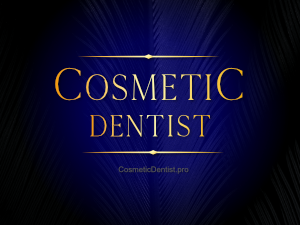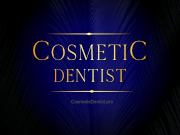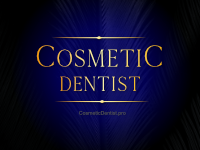Orthodontic Systems
Orthodontics is used to treat tooth irregularities allowing teeth to be repositioned, straightened, rotated and tilted. It is a very conservative way to improve a person’s smile because it requires no/ very minimal tooth removal to achieve the result. It has limitations because it cannot be used to change teeth shape or colour.
Orthodontics is a treatment for teeth irregularity which works by moving them around. They can be;
- Tilted to change their angle.
- Rotated to face the correct way.
- Moved up/ down to create a level smile and biting surface.
- Moved sideways into a better position.
Generally orthodontics is indicated as a treatment option if the teeth are crowded, in an incorrect (aesthetically non-pleasing) position or level.
The growth in popularity of invisible plastic orthodontic appliances and lingual (hidden fixed dental braces) has increased the popularity of this treatment in adults.
Orthodontics is often used within cosmetic dentistry treatment plans to move the teeth into optimal positions as either an end goal or sometimes prior to carrying out other cosmetic treatments (ceramic veneers etc…).There are several reasons (indications) for orthodontic treatment;
- Aesthetic reasons to improve the appearance of the teeth/ smile.
- Functional reasons to allow the teeth/ jaws to work together well, for eating etc…
- Protective reasons to reduce how much teeth stick out. The more forward they are the more likely they are to be damaged by facial trauma, if someone falls over etc…
Types of Orthodontic Treatment
New orthodontic treatment systems are being released to the market as new technologies develop and the advent of 3D scanning and printing has grown new and exciting treatment opportunities.
Cases vary and so do peoples preferences about what they want to have done, how long they are willing to wait before treatment completion and whether they are willing to have fixed braces or prefer a removable system. Orthodontics generally falls into 2 key camps either using fixed or removable appliances.
| Fixed Braces (irremovable) | vs | Invisalign Aligners (removable) |
| Metal-typically silver; can pay extra for colour or enamel color | Colour | Clear/invisible |
| 24/7 for an average of 5 – 9 months, depending on patient needs | Treatment time | 22-24 hrs/day for 6 to 18 months, depending on patient needs |
| Brush brackets and wires regularly while brushing teeth; water pick may be helpful. | Maintenance | Cleaning system, or brushing and rinsing trays in luke warm water |
| About every month | Follow up visits | Change aligner trays every 2 weeks; visits every 4 to 6 weeks |
| Positioner or retainer likely needed ongoing, maybe only at night | Follow up to treatment | Positioner or retainer likely needed ongoing, maybe only at night |
| Pros | ||
| Invisible | ||
| More effective for more complex issues | Removable | |
| No temptation to leave them out, so less self discipline is needed for success | No issues with food getting caught | |
| No extra cleaning steps required besides regular brushing and flossing | No difficulty eating | |
| No discomfort from wires | ||
| Cons | ||
| May have some pain, sores or discomfort from wires, brackets or tooth movement | May have discomfort from tooth movement | |
| May have some tooth discoloration or breakage | Must remove before eating or drinking anything but water | |
| May have difficulty eating sticky, hard foods | Must brush after each meal to avoid staining | |
| NOT ideal for | ||
| Patients playing rough contact sports regularly | Patients with: | |
| bridgework | ||
| back tooth bite issues | ||
| the need to rotate canines or premolars | ||
| the need to move teeth vertically | ||
| lack of discipline to keep trays in for at least 22 hours daily |
Lingual Orthodontics
A (relatively) new development in Fixed Appliance Orthodontics where the brackets and wires are attached to the back of the teeth.
Possible Benefits
- The treatment is theoretically invisible as the system is hidden.
- Better suited to adults who prefer there orthodontic treatment to be less public.
Potential Problems
- This system is harder to use by an orthodontist so may take longer to fit the brackets and hence may cost more for the treatment.
- Cleaning the brackets may prove more difficult as they are out of the way and less visible to both clean and review afterwards. So oral hygiene needs to be monitored more carefully.


